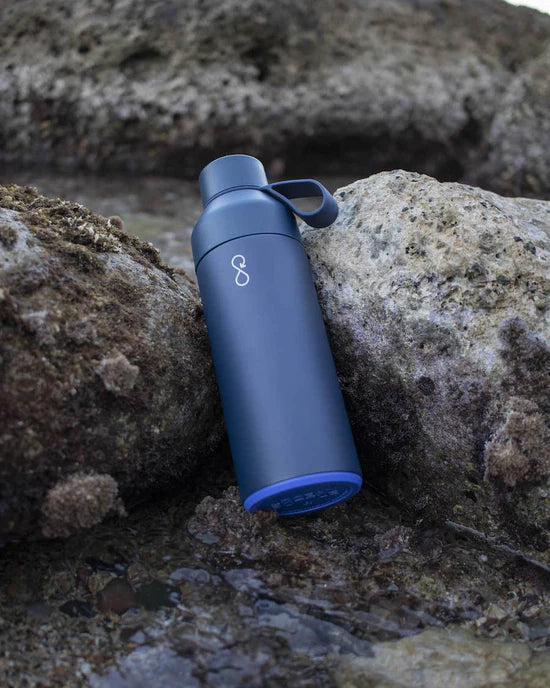Today, we're celebrating National Bog Day, a special occasion dedicated to some of Earth’s most undervalued ecosystems: peatlands! Every year on the fourth Sunday in July, we take a moment to appreciate the brilliance of bogs, fens, swamps, and marshes.
What is a Bog?
So, first things first - what on Earth is a bog?! It is a type of wetland with spongy, waterlogged ground covered in moss and peat. Typically, they can be found in cool regions of the world, like Northern Europe, North America and the UK.
Think you've never seen one before? Picture The Lord of the Rings - The Dead Marshes, or the swampy scenes in The Jungle Book. That's pretty much what we're talking about! Despite films giving bogs a bad rep, these environments are not so eerie! They're filled with wildlife and plant life - and if you ask us, an ideal nature walk.
Why Do We Love Bogs?
When it comes to ecosystem services, very few habitats can compete with our beloved bogs. Also known as peatlands, they are unmatched in their ability to store carbon, making them crucial in the fight against climate change! In fact, no other terrestrial ecosystem stores as much carbon as peatlands. They also play a vital role in regulating the purity and flow of freshwater, which means we have clean water to drink.
The world has shown us wildlife’s biodiversity thrive in these landscapes. Far from being empty, desolate spaces, these bogs are vibrant ecosystems with hundreds of species such as frogs, bears, deer, owls, eagles, hummingbirds, butterflies, and more!
How Are Bogs Threatened?
Despite their importance, bogs face numerous threats. Human activities such as drainage, peat extraction, and land conversion for agriculture or development have degraded many of these ecosystems. Climate change poses another risk, as extreme weather patterns can impact the delicate balance of its water and oxygen content. This means climate change could dry out peatlands' rich soils!
Plastic pollution and microplastics are emerging threats to peatlands too. These pollutants can accumulate in the water and soil, disrupting plant growth and harming wildlife. Microplastics, in particular, can be ingested by small organisms, leading to bioaccumulation up the food chain and potentially affecting entire ecosystems. The presence of plastics in these habitats can also alter the natural processes that peatlands rely on, which means it threatens their health and growth functionality.
How Do Bogs Support the Ocean?
As a type of wetland, bogs are known by their waterlogged, acidic conditions, which allow them to act as natural water purifiers. These ecosystems filter water systems by trapping sediments, nutrients, and pollutants, preventing them from flowing into rivers and eventually reaching the ocean.
By retaining and breaking down those harmful and nasty pollutants, bogs reduce the levels of pollutants entering marine environments, meaning they safeguard oceanic ecosystems. And... by sequestering carbon, bogs help mitigate some of the burden on the ocean to store carbon and, consequently, heat absorption.
How Can We Help Protect Bogs?
Here are a few tips on how we can all get involved to raise awareness of the value of peatlands and the need to protect them:
- Contribute to organizations dedicated to preserving and restoring peatlands, such as Global Peatlands Initiative.
- Read Project Drawdown’s solutions to bog preservation and rewetting plan Peatland Protection and Rewetting | Project Drawdown.
- Sign the petition to ban all development on peatlands in the UK Petition · Ban all development on all peatlands in the UK - United Kingdom · Change.org.
- Visit your local bog, and enjoy the wildlife it offers! Find more about bogs here.
By supporting these initiatives, we can help preserve these critical ecosystems for future generations.
Celebrate National Bog Day with us and spread the word about the importance of protecting our peatlands! 🌱🦋🐸🦉🦅🕷️
This blog post is brought to you by Ocean Bottle, a reusable bottle brand committed to funding the collection of ocean-bound plastic with every order.

